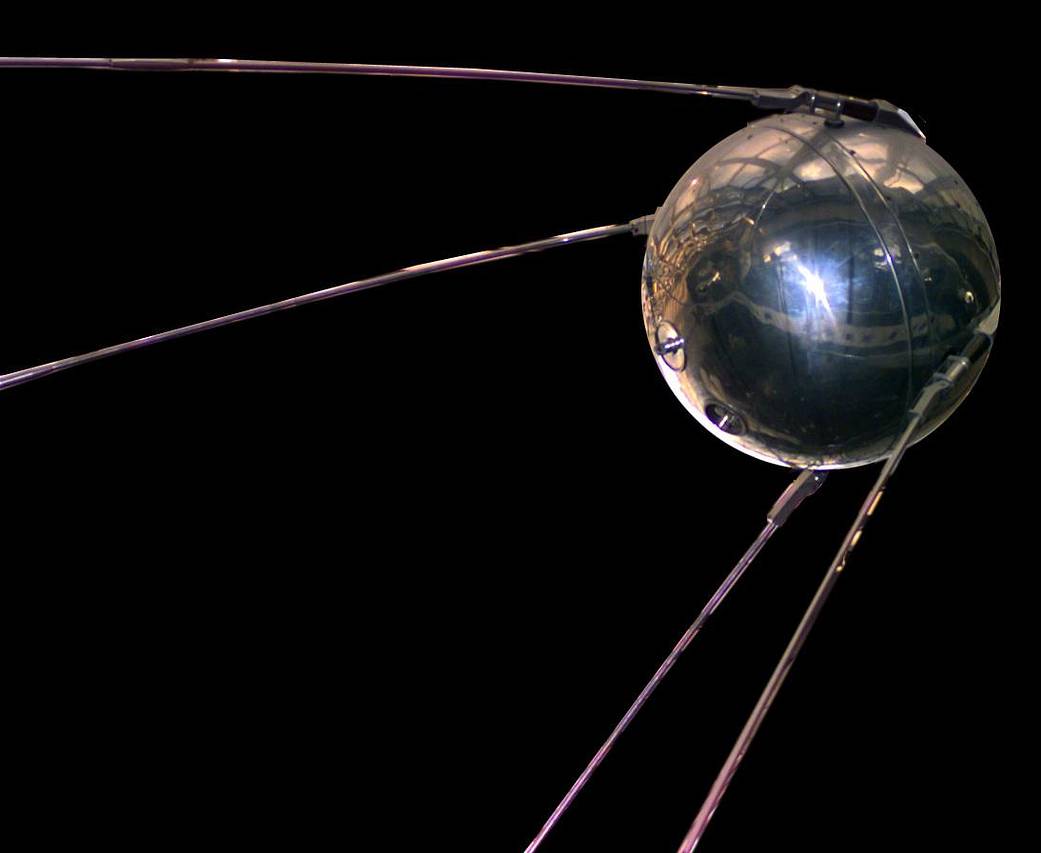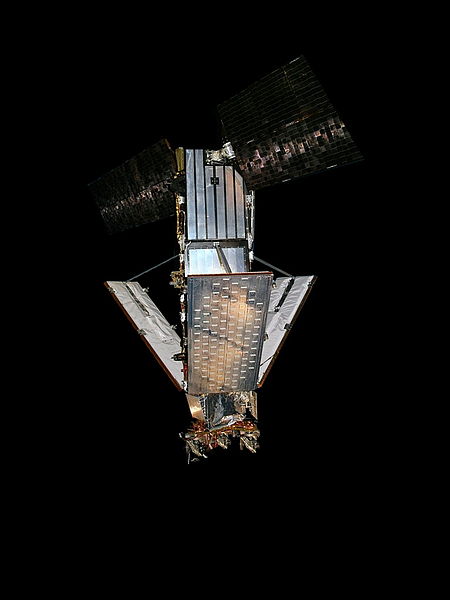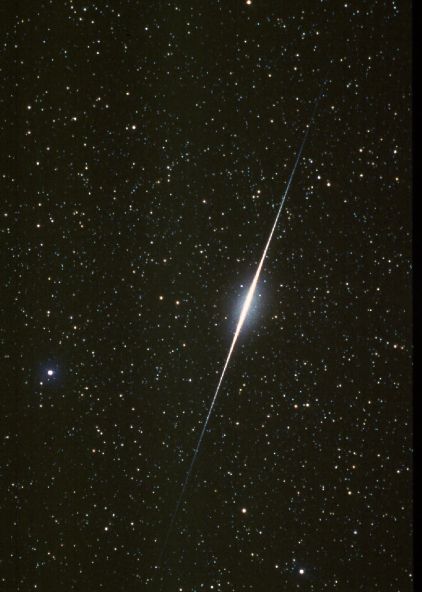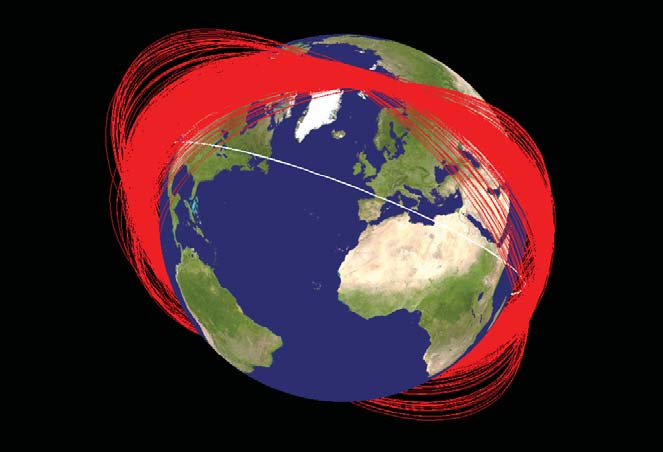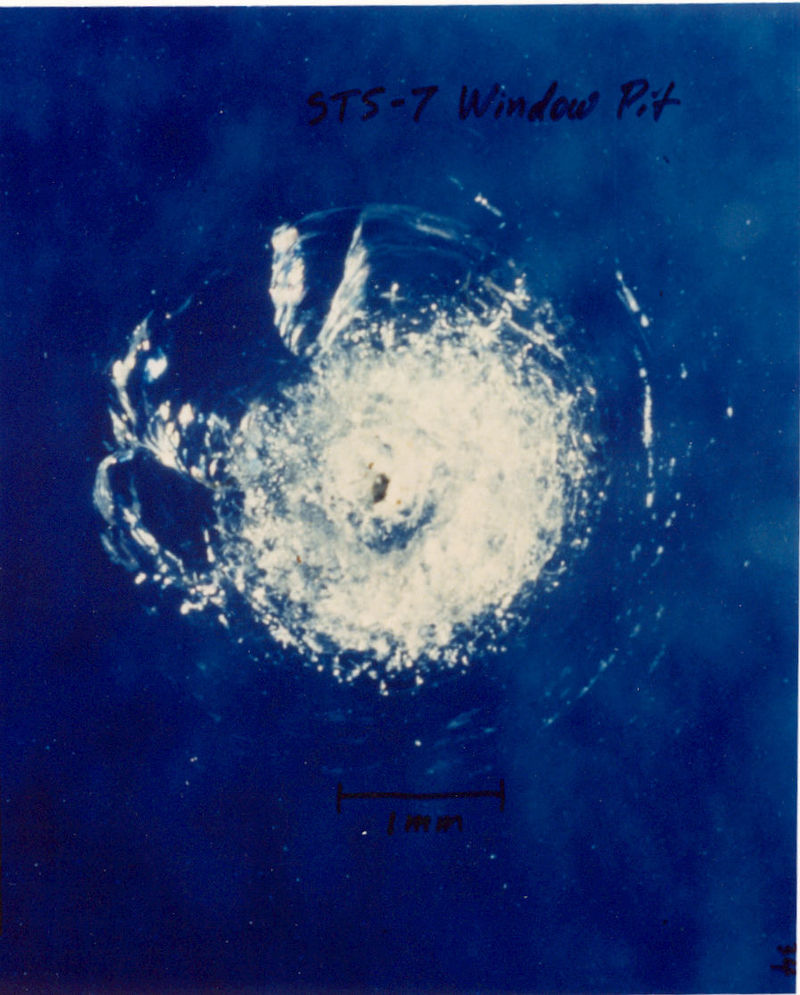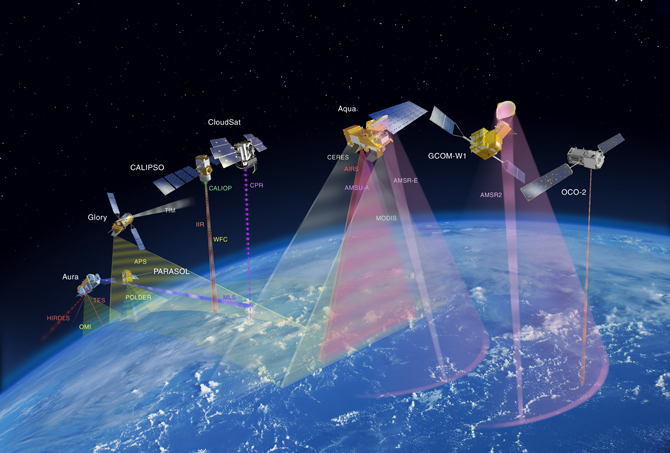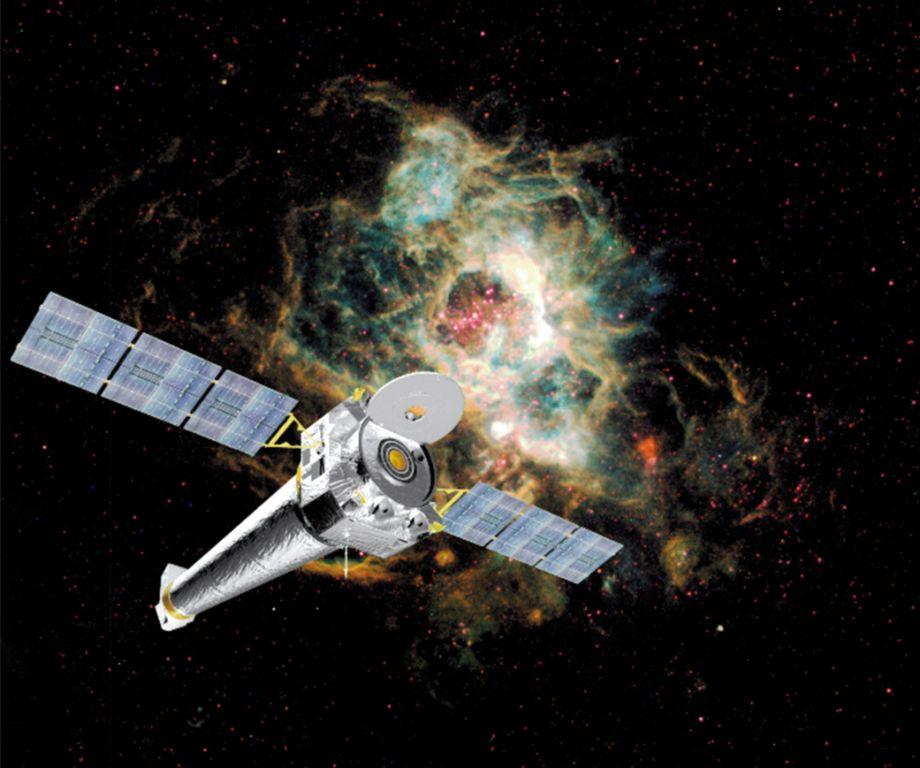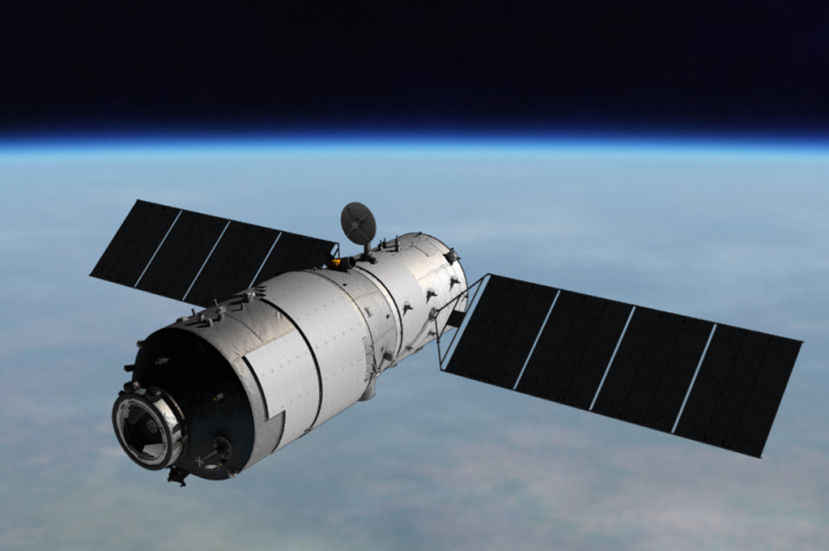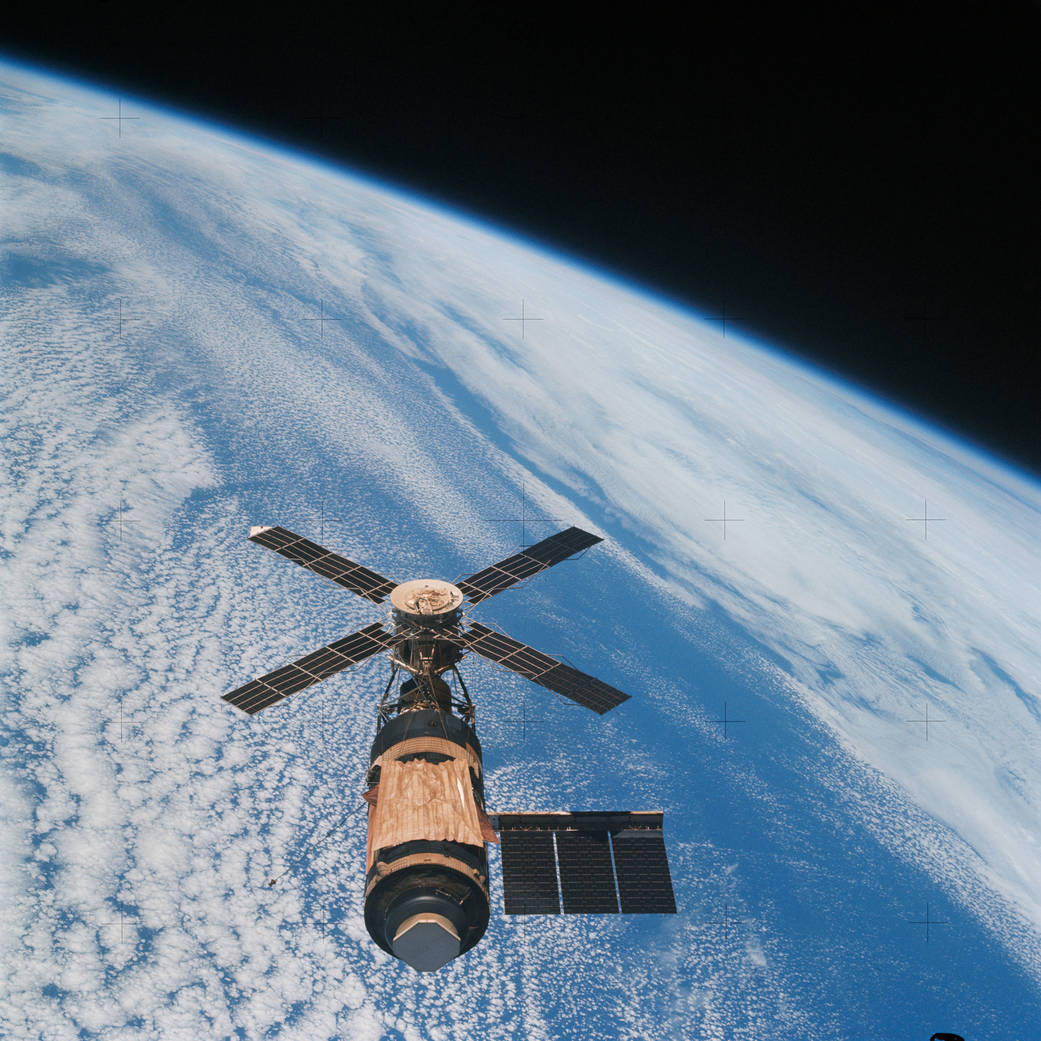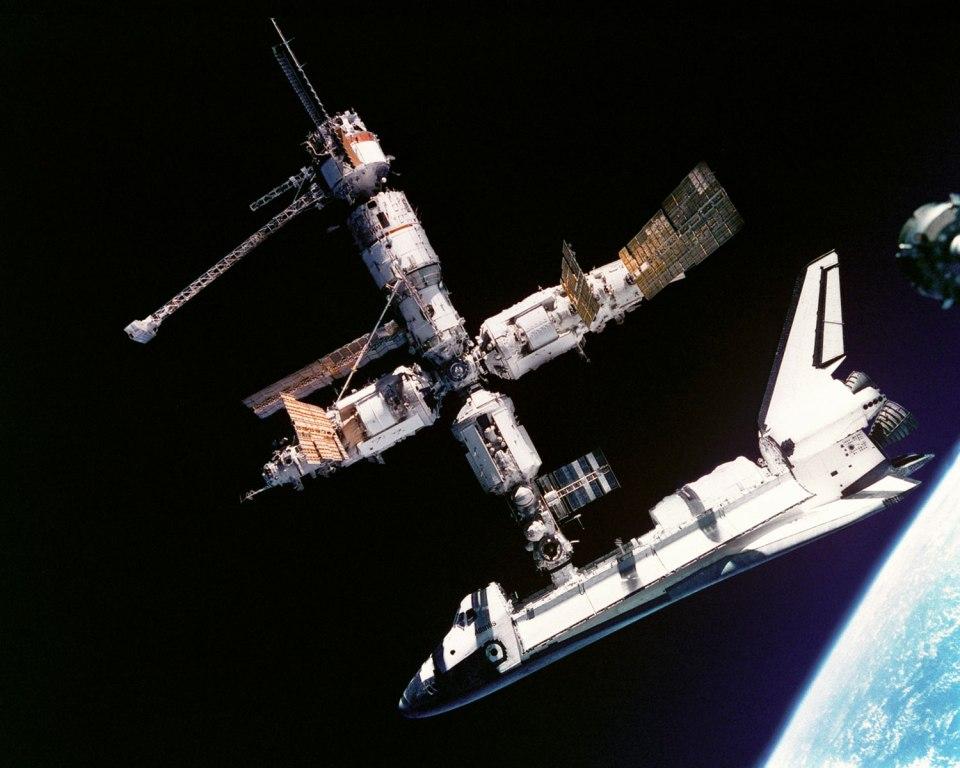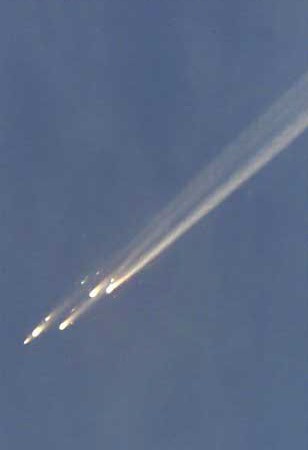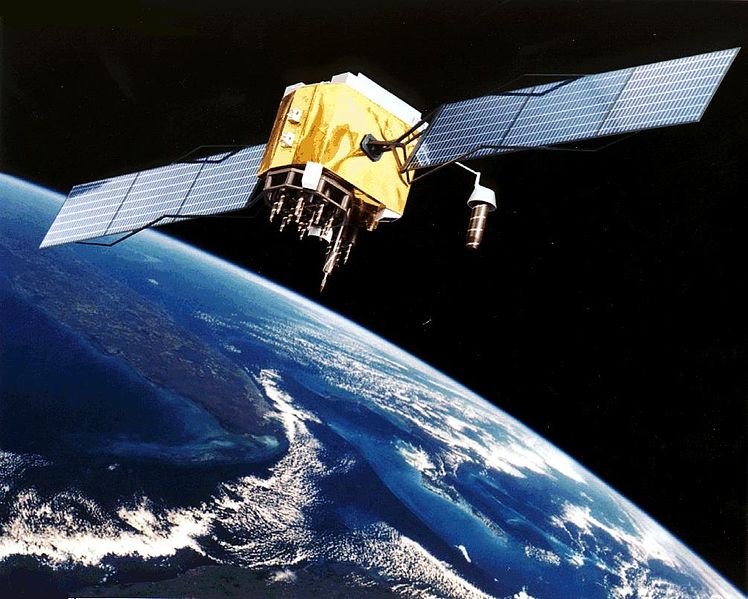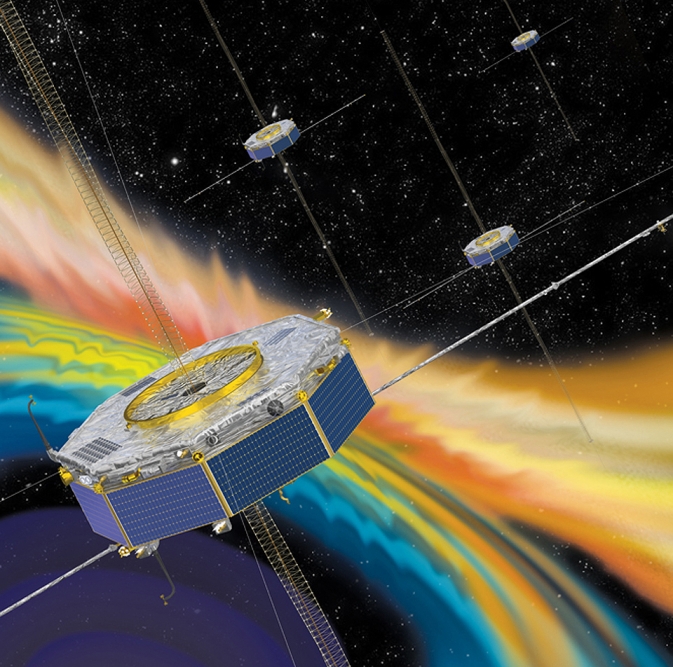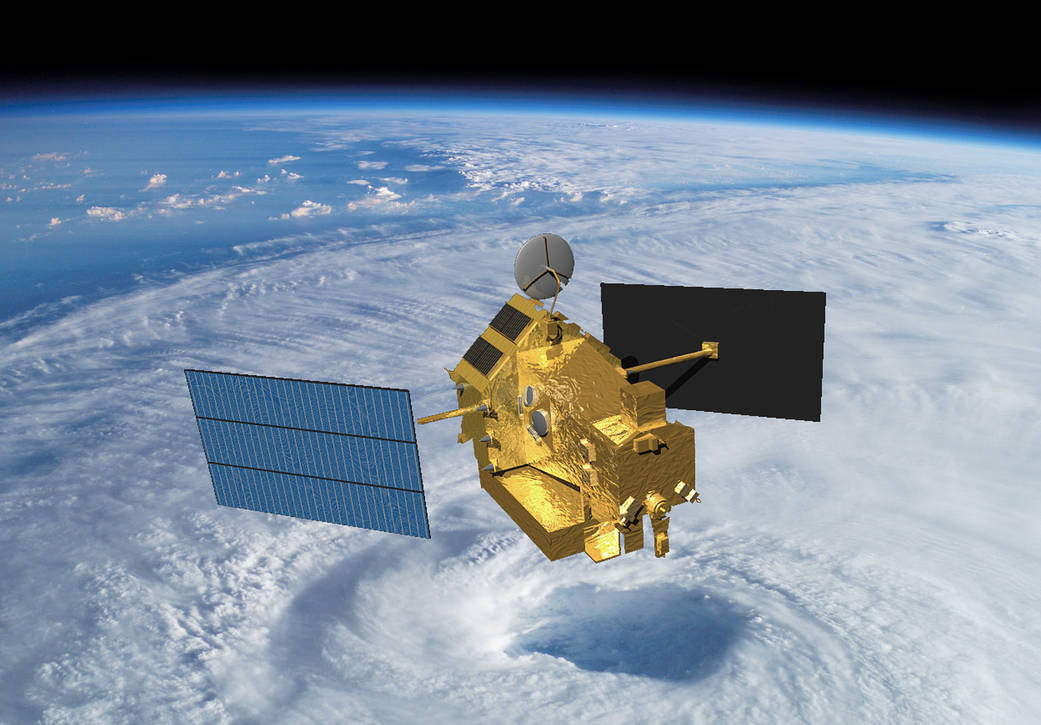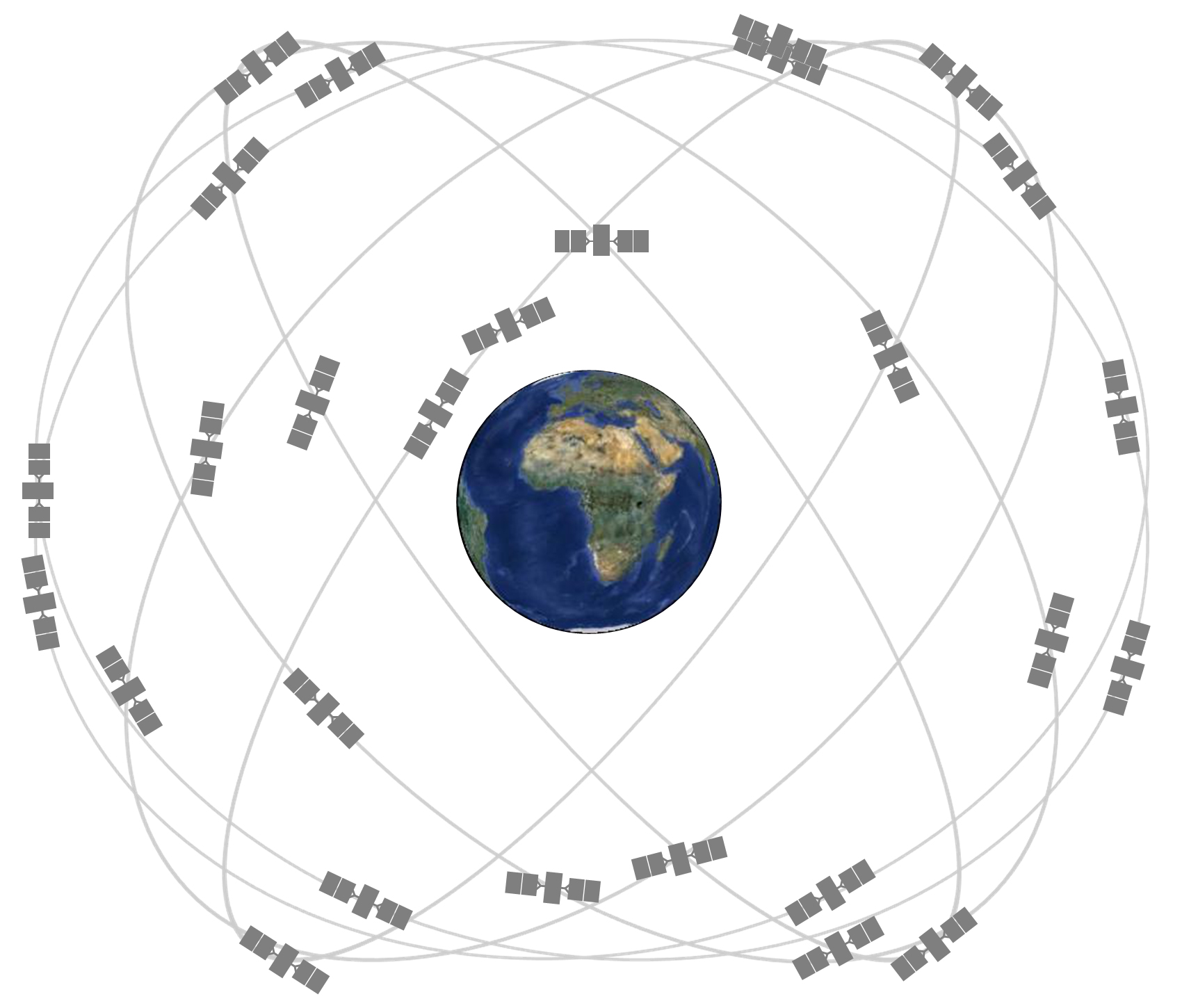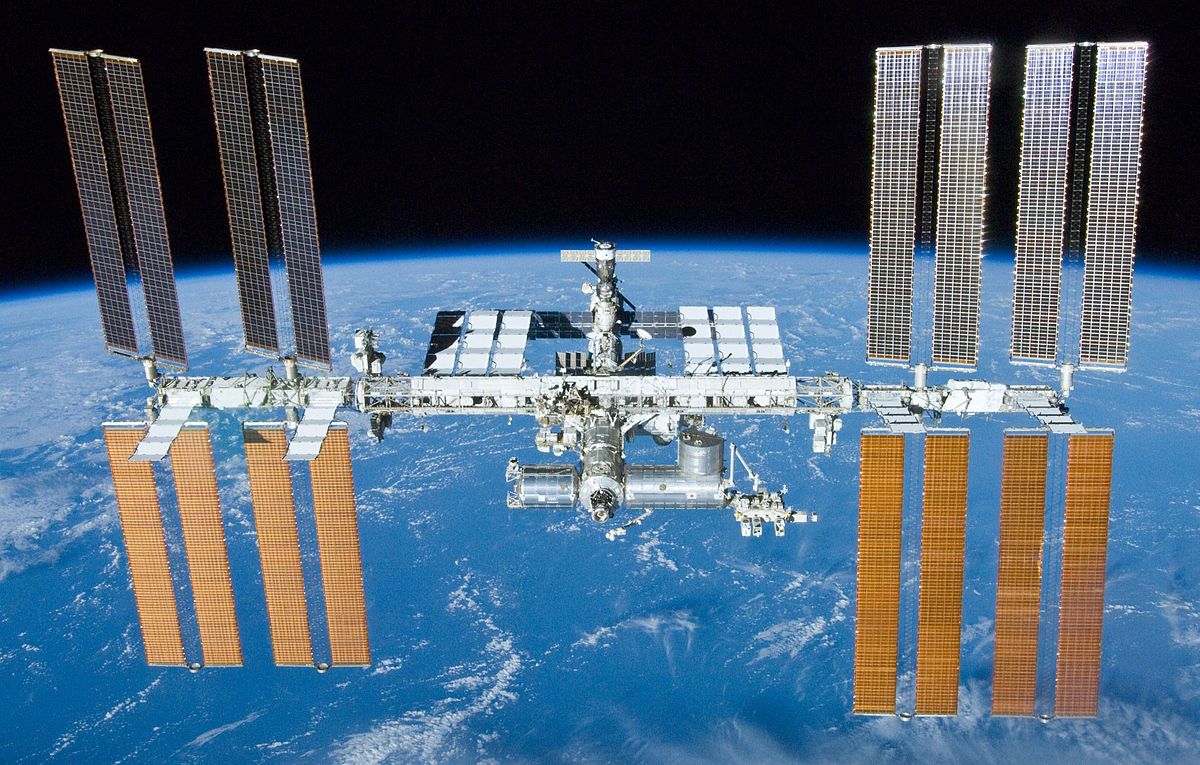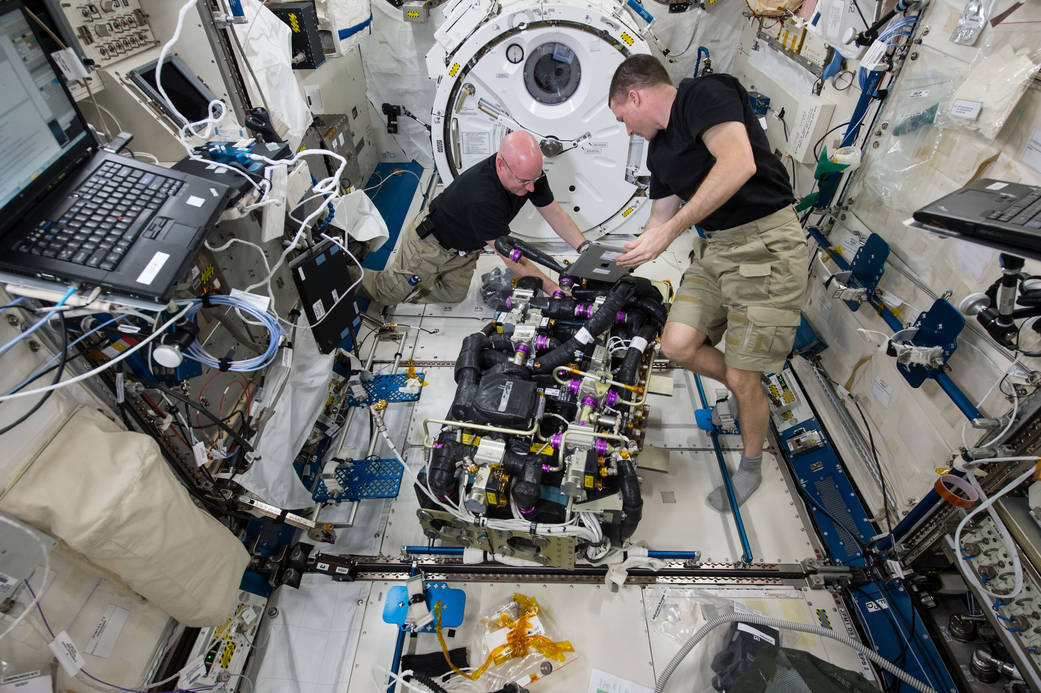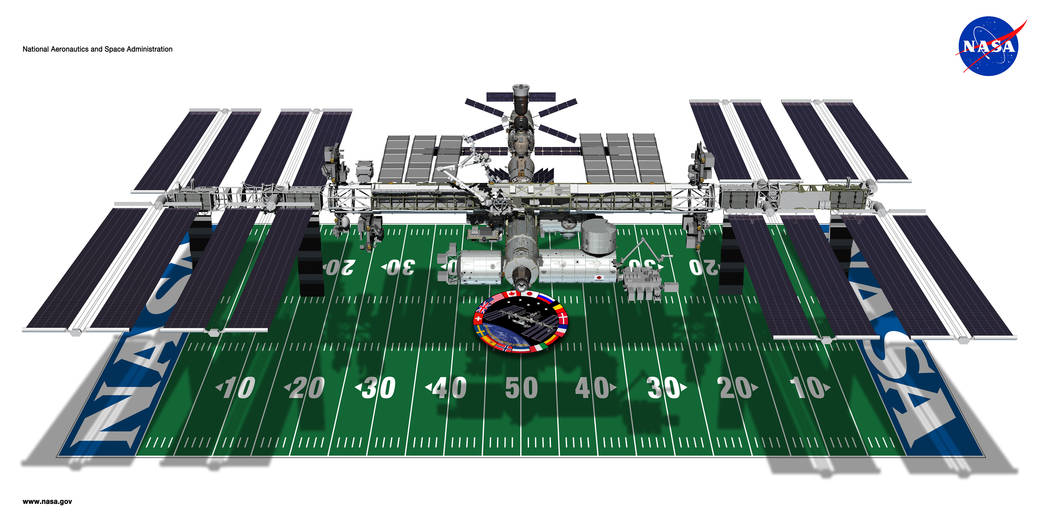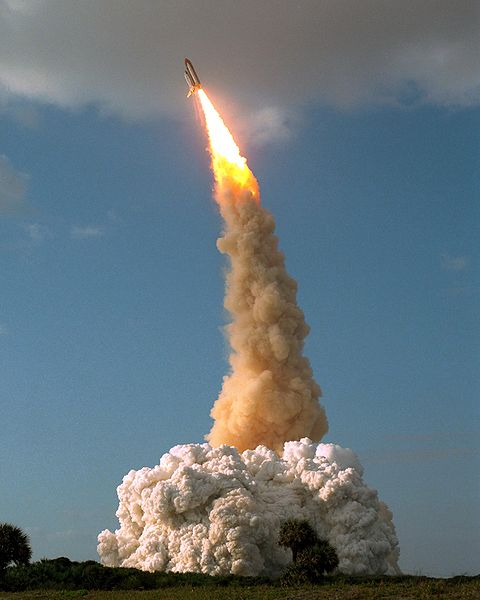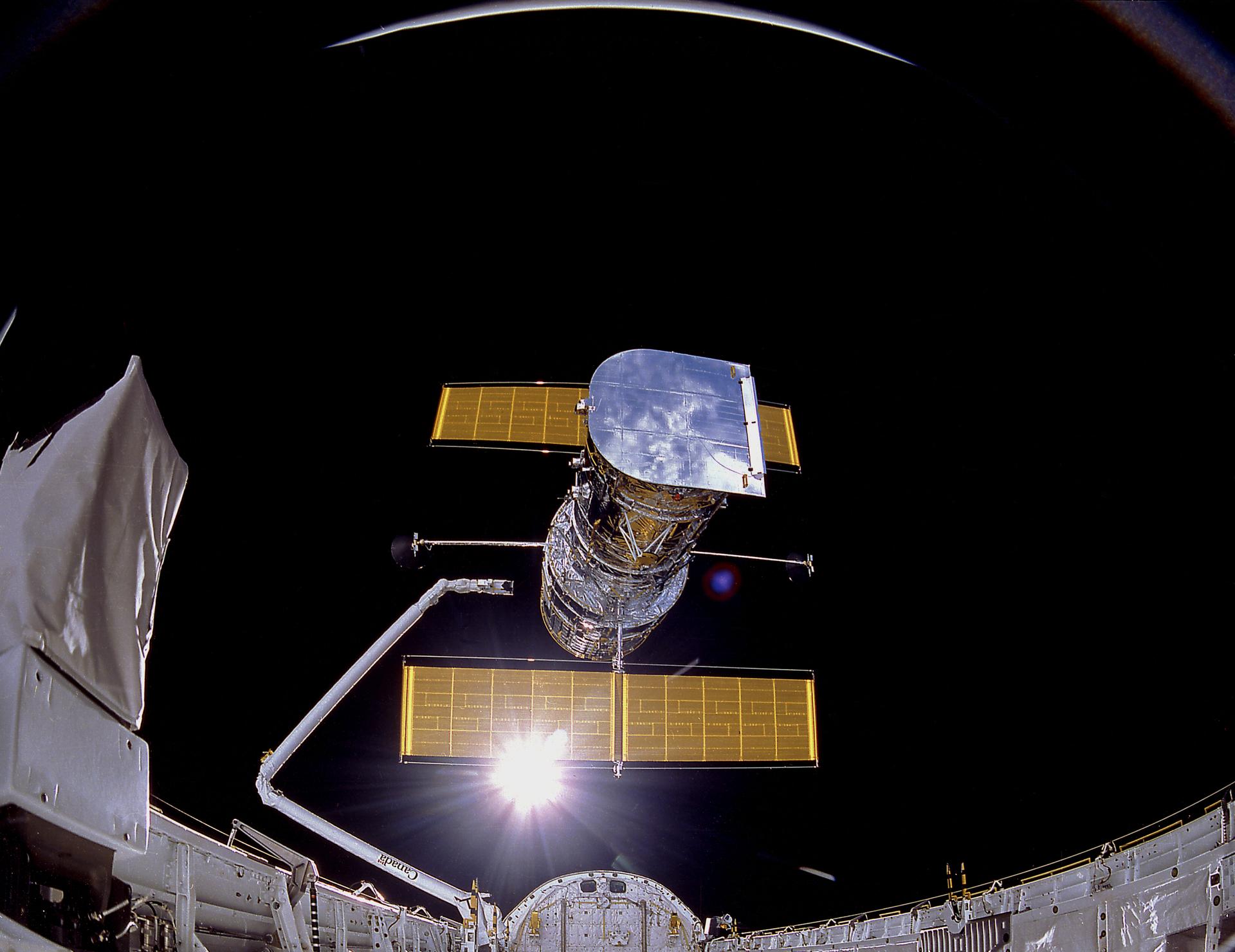Satellites | Earth’s Artificial Little Moons! 
Machines Orbiting Earth
A satellite is any object that orbits another. These can be artificial or natural objects like moons, planets even the Sun! We typically refer to satellites when talking about artificial machines launched into orbit around the Earth. Since the first satellite, Sputnik-1, there has been nearly 7,000 launched with only about 1,000 left active. Many become space junk once they’re no longer useful.
Quick Fun Facts & Summary About Satellites
A satellite is any object that orbits another, these can be natural objects like moons (e.g. the Moon is Earth’s natural satellite) or man-made which is what we typically mean when we say “satellite” – a machine launched into orbit around the Earth. Of course, during the exploration of the solar system we have put many artificial satellites into orbit around other bodies like the Moon, planets, asteroids and comets but we’d refer to them more as space probes.
Following a satellite’s launch aboard a rocket, it will normally stay in orbit without any additional rocket power. This is because its sideways speed is balanced by the downward pull of Earth's gravity; so it’s constantly falling around the Earth! However, for some satellites in the lowest low Earth orbits, like Space Stations, they need to be periodically ‘reboosted’ due to the slight atmospheric drag the experience!
The world’s first artificial satellite, Sputnik-1, was launched in 1957. Since then, nearly 7,000 artificial satellites have been launched with about half remaining in orbit today. These satellites fall into several main categories;
- Military – such as spy satellites, the Global Positioning System (GPS) to the mysterious X-37B spaceplane!
- Earth Observation – taking pictures, tracking weather, the climate and ecology changes
- Space Observatories – from space these space-based telescopes and observatories are free from the distorting (and absorbing) effects of the atmosphere!
- Space Stations – these are the biggest of the artificial satellites, from the small Tiangong-1 to Skylab, Mir and the International Space Station (ISS) which is the size of a football pitch!
- Commercial – mainly for communications such as beaming TV signals and phone calls around the world
Most satellites have a central body, solar panels and an antenna dish to receive and send information to Earth or other satellites or probes. Some satellites also carry a payload of cameras and scientific sensors such as Earth observation satellites which point these sensors at Earth to gather information about the land, atmosphere and oceans. Other satellites (such as the Hubble Space Telescope, Chandra X-ray Observatory, TESS and NASA's MMS) point towards space to observe/study the greater universe beyond.
Satellite Orbits
Satellites are launched near Earth’s equator (to gain initial speed from Earth’s rotation) with some of the upper stages of the rockets also becoming satellites, but as space debris/junk as they also reach orbit. Satellites typically get placed into one of the following orbits;
- Low Earth orbit (LEO) with altitudes of 200 – 2000 km. The vast majority of satellites have these orbits and circle the Earth quickly; about every 90 minutes!
- Inclined LEO – the most popular orbit
- Polar orbit (often Sun-synchronous) – satellites in these orbits can observe the entire globe, one strip at a time, each day!
- Medium Earth orbit (MEO) - between 2,000 km and 35,700 km. The most famous satellites orbiting here are the GPS satellites.
- Geostationary orbit – 35,700 km altitude. At this altitude, the satellite orbits once a day meaning the satellite stays directly over the same position on Earth all the time! Perfect for weather satellites.
With So Many Satellites In Orbit Do They Ever Collide?
Yes! But not very often....although there are plenty of close calls! Even though satellites are small and space is very big, in 2009 an American Iridium satellite collided with an old Russian satellite at over 35,000 km/h destroying both and creating a large debris cloud of space junk!
